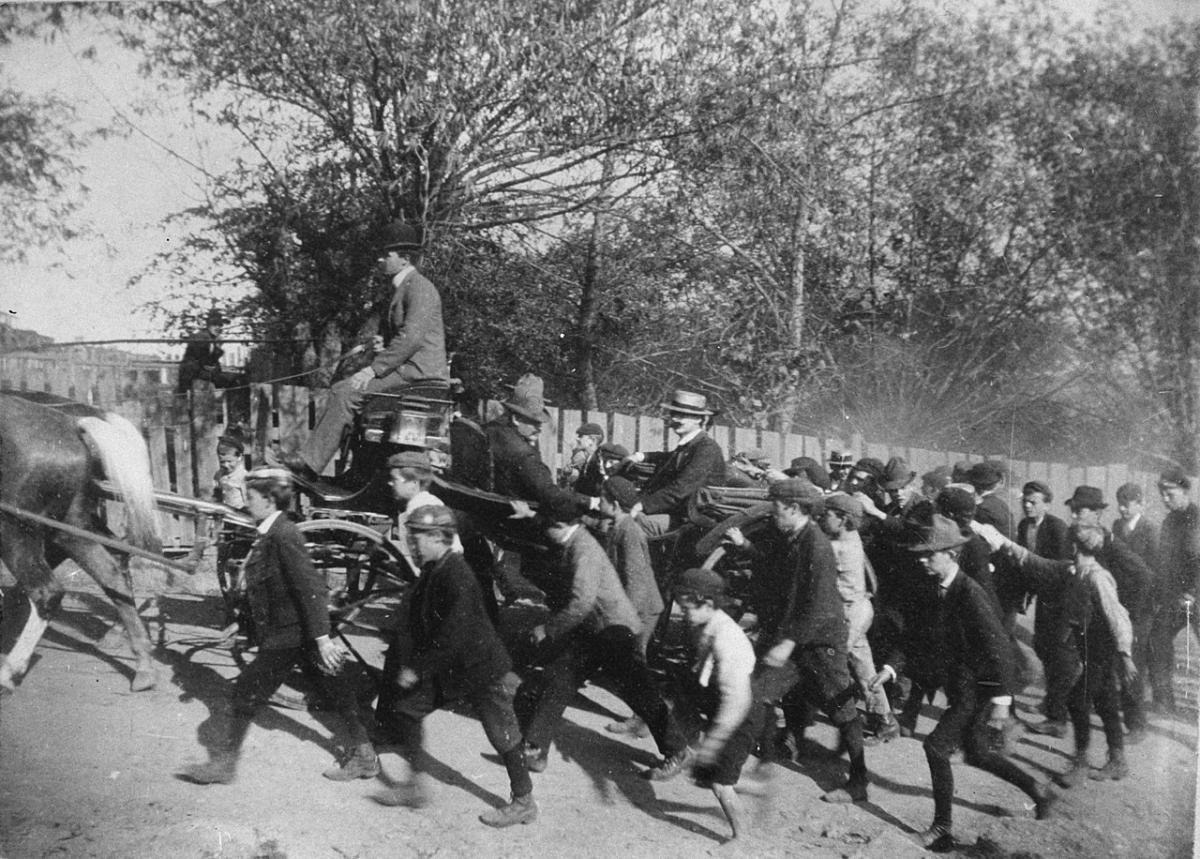With the support of a Hagley fellowship, I’ve been working on a book that focuses on the 1902 anthracite coal strike of eastern Pennsylvania, a pivotal moment in both the union movement and the development policing of as we know them today. In the aftermath of the failure of both public and private police to force striking miners back to work, the coal companies lobbied the state of Pennsylvania to redesign the function and structure of police. These efforts resulted in the creation of the first state-level department of police, the restructuring of the National Guard, and, eventually, the abolition of industrial police.

The 1902 strike, which is often depicted as a victory for labor, marked a key moment in the development of a conservative, business unionism that promised to provide the industrial stability that coal operators never could. By 1902, the constant strikes that threated the supply of coal forced coal operators to the bargaining table, but the resolution to the strike proved more ambiguous than most histories suggest. Far from being a great victory for labor, it ended with an arbitration victory that increased wages, but also increased labor conflict in the months and years that followed.
The book will tell this story though a detailed focus on the working lives of the men, women and children who lived in the mine patches and free towns of eastern Pennsylvania, highlighting their struggles to survive on wages of less than a dollar a day. Hagley holds a number of collections that offer an incredibly rich picture of life at the time, collections that reveal the cascading consequences of a strike that sent whole industries into chaos and reshaped the relationship of organized labor to capital and to the state.
David Correia is a Professor of Geography at the University of New Mexico. He received support for his research from the Center for the History of Business, Technology, & Society at the Hagley Museum and Library.
